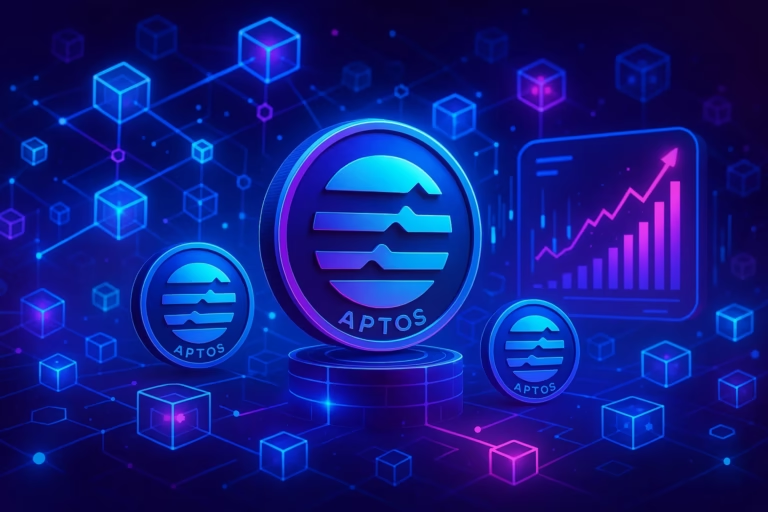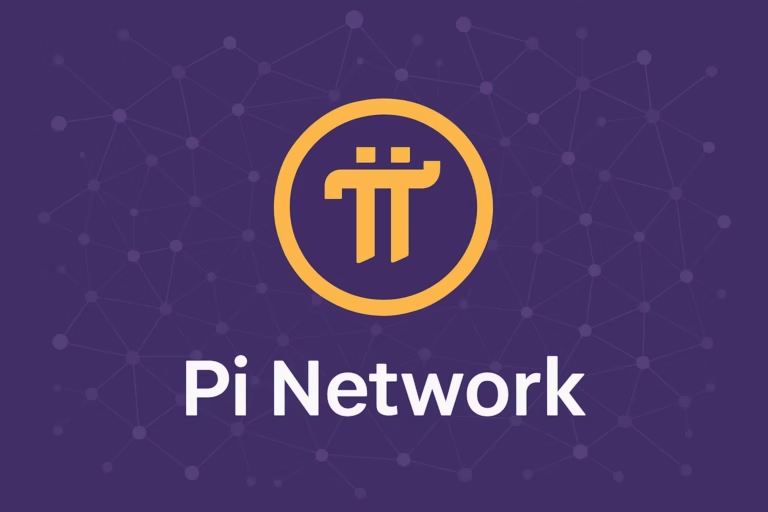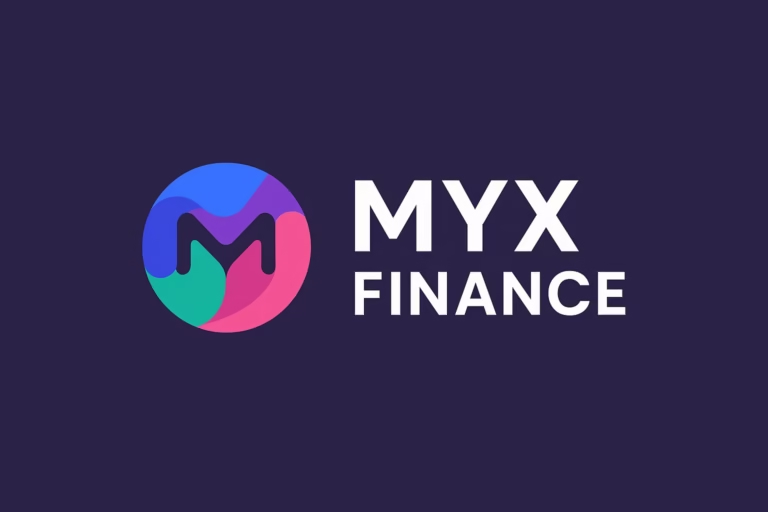
- Ethereum’s new proposal, EIP-7781, aims to reduce block times from 12 seconds to 8 seconds, increasing overall network throughput by 50% while enhancing the efficiency of decentralized exchanges.
- However, concerns have been raised about the potential impact on solo stakers and the network’s long-term decentralization efforts.
Ethereum is once again in the spotlight with the introduction of a new proposal that promises to enhance the network’s efficiency. On October 5, Illyriad Games co-founder Ben Adams unveiled Ethereum Improvement Proposal (EIP) 7781, which aims to reduce block times significantly and increase data capacity, leading to an overall throughput increase of 50%.
What Does EIP-7781 Propose?
Currently, Ethereum has an average block time of 12 seconds. EIP-7781 proposes to cut this down to just eight seconds. This reduction in block time is expected to not only improve transaction speeds but also enhance the performance of layer-2 rollups. The proposal seeks to optimize the use of blobs—temporary data structures that help minimize fees on layer-2 networks. By doing so, it aims to alleviate congestion and lower costs for users.
As described by pseudonymous developer Cygaar on October 6, EIP-7781 is a significant first step toward improving Ethereum’s base layer. While much attention has been given to Ethereum’s layer-2 networks as scaling solutions, this proposal directs focus back to the mainnet, which is crucial for long-term stability and efficiency.
Potential Benefits for Decentralized Exchanges
One of the standout benefits of EIP-7781 is its potential impact on decentralized exchanges (DEXs). Ethereum Foundation researcher Justin Drake stated that reducing block times could make DEXs like Uniswap v3 “1.22x more efficient,” potentially saving around $100 million annually in arbitrage opportunities between centralized exchanges (CEXs) and DEXs. This improvement could lead to better execution prices for users and a more seamless trading experience overall.
Caution for Solo Stakers
Despite its promising advantages, the proposal is not without concerns. Some developers warn that shorter block times could pose challenges for solo stakers, as the execution state growth may require more robust hardware and bandwidth. Cinnehaim Ventures partner Adam Cochran noted that while the proposal seems reasonable, it is essential to ensure that the gas limit per block remains unchanged to protect solo stakers from being sidelined.
Increased demands on stakers may raise questions about Ethereum’s long-term decentralization efforts. Just three days prior to the announcement of EIP-7781, Vitalik Buterin discussed the possibility of lowering the minimum Ether requirement to become a validator, suggesting a shift toward enhancing network security and decentralization.
EIP-7781 marks a crucial step in Ethereum’s ongoing evolution, aiming to significantly improve transaction speeds and overall network efficiency. While the benefits are substantial, the potential impacts on solo stakers and decentralization must be carefully considered. As the proposal is reviewed and tested, the Ethereum community is keenly watching to see how these changes could reshape the future of the network.




